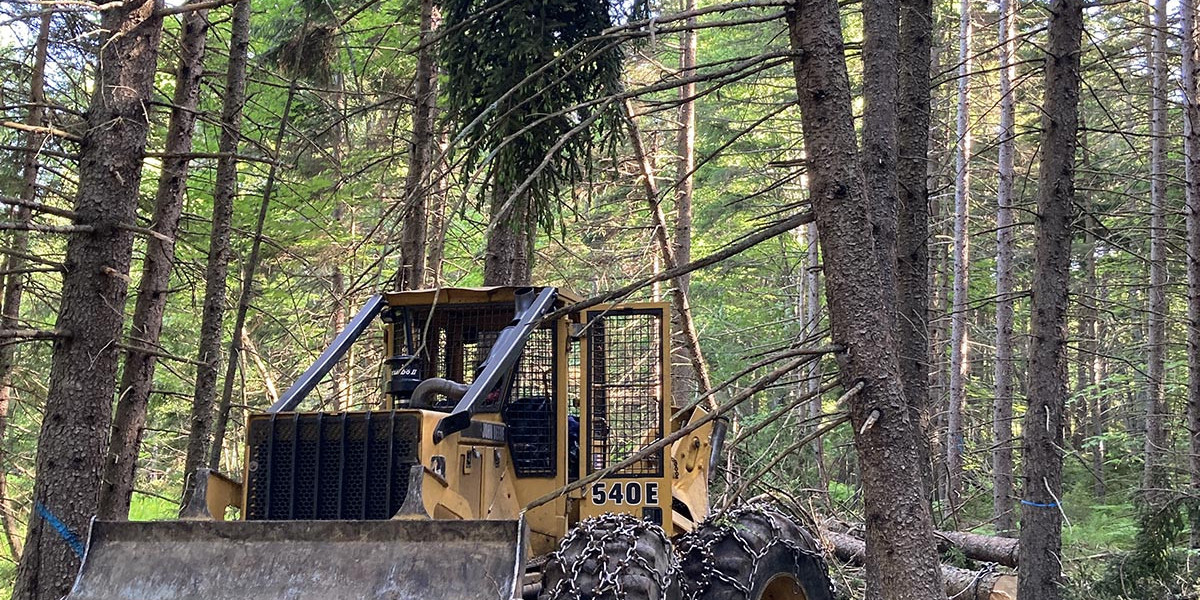Forests across the United States require thoughtful care to remain healthy, productive, and ecologically balanced. Informed landowners rely on sustainable forestry practices to ensure that trees, soil, water, and wildlife are protected while maintaining the forest's economic value. These approaches involve long-term planning and ecological understanding.
A responsible forestry plan starts with a full assessment of the land, including tree species, terrain, and existing wildlife habitats. A clear picture of current conditions allows landowners to make better decisions that align with both environmental and land-use goals. Forest inventories and mapping provide valuable insights into species composition, age distribution, and natural regeneration trends.
Key Practices and Guidelines:
1. Selective Tree Harvesting
Maintains overall forest structure and encourages healthy regrowth
Reduces the risk of soil erosion and protects understory vegetation
Allows light to reach younger trees, supporting natural succession
2. Reforestation and Ecosystem Recovery
Ensures continued forest cover through natural regeneration or replanting
Promotes genetic diversity and strengthens resistance to disease
Uses native species suited to the local environment for better adaptation
3. Water and Soil Conservation
Protects water sources through buffer zones and erosion control
Prevents sediment runoff that can damage aquatic habitats
Encourages planting near streams to stabilize banks and reduce flooding risk
4. Wildlife Habitat Preservation
Maintains standing dead trees and fallen logs for nesting and shelter
Promotes a mix of tree ages and densities for species variety
Supports biodiversity by minimizing habitat fragmentation
Ongoing Management and Monitoring:
5. Forest Management Planning
Outlines goals, timelines, and sustainable methods for harvesting
Uses data to adjust practices as environmental conditions change
Helps meet regulatory and conservation objectives
6. Invasive Species Mitigation
Prevents the spread of harmful plants and pests through early detection
Maintains healthy tree populations and native plant communities
Reduces competition for light, nutrients, and space
7. Fire Prevention Strategies
Includes thinning and controlled burns to manage fuel buildup
Protects both natural and residential areas from uncontrolled fires
Maintains ecosystem functions in fire-adapted forests
Conclusion:
Long-term forest health depends on carefully planned actions, consistent monitoring, and a strong understanding of ecological processes. With the right approach, landowners can maintain natural diversity, support environmental goals, and manage resources responsibly through the use of sustainable forestry practices in their land management efforts.






